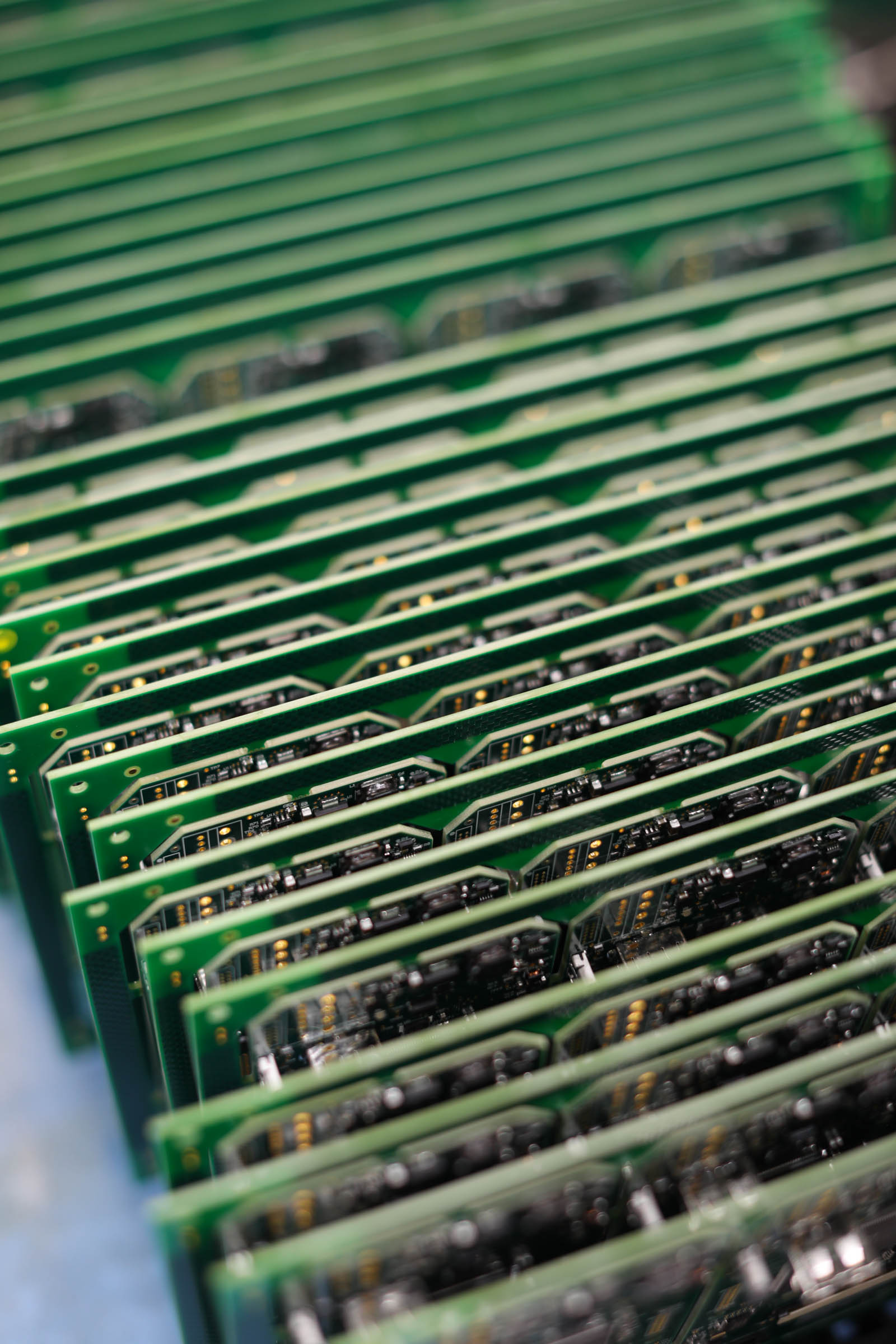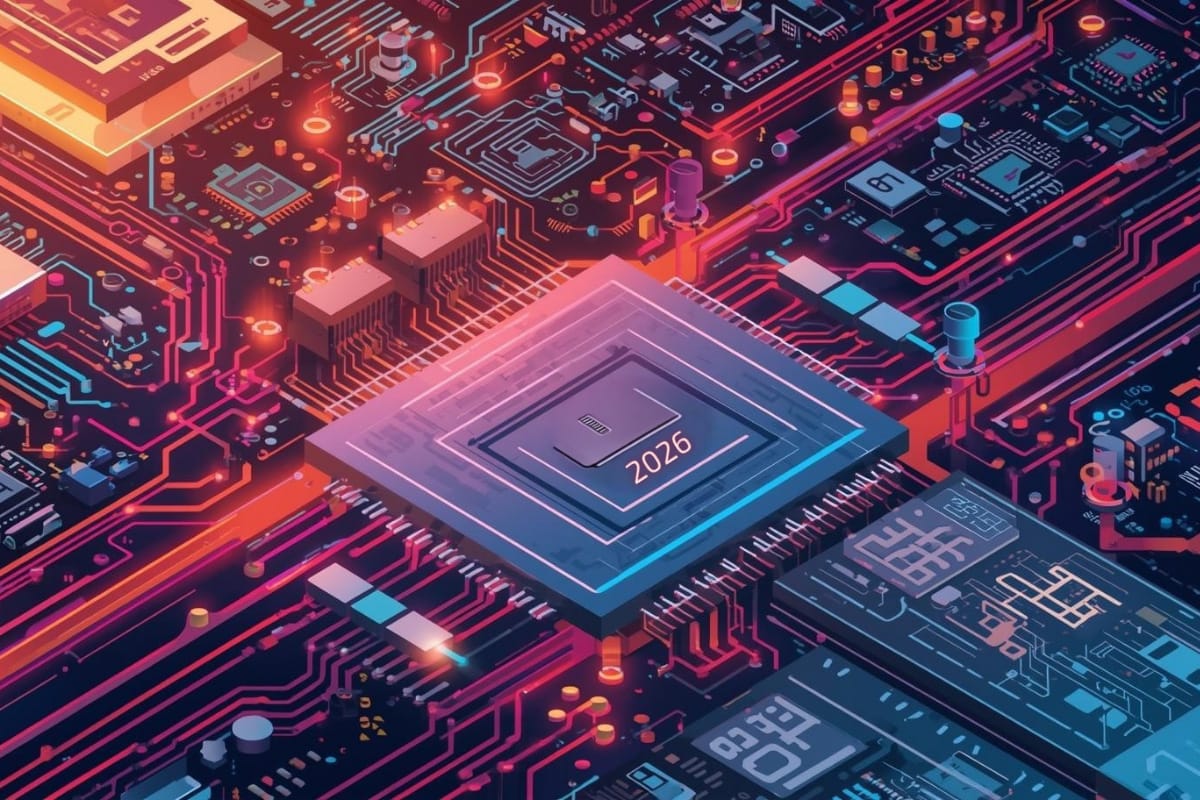The world is currently experiencing a widespread shortage of electronic components, affecting the production of a variety of high-tech products (smartphones, gaming consoles, laptops, automobiles, LEDs, lighting fixtures, wind turbines, solar arrays, etc.). Component shortages are a normal part of the ups and downs of supply and demand. Most shortages are temporary and result in modest price increases that ease when supply, once again, meets or surpasses demand. The current shortage is not short-lived and the use of technology in our daily life continues to grow. This shortage has endured long enough that even the general public is aware of it and suppliers have placed a quota on the purchase of electronic components. There is reduced availability, increased prices, and longer shipment times. As the shortfall drags on, we ask: “When will it clear up?”
Why is there an electronic component shortage?
There is no one reason for the current electronic component shortage, but rather many contributing factors.
- The COVID effect: Worldwide mine and factory shutdowns, border closures, travel restrictions, and supply chain disruptions in 2020 and 2021 had a devastating effect on the supply of raw materials and the manufacturing and movement of electronic components. Though production has returned to close to pre-COVID levels, there are still aftershocks moving through the industry.
- Component monopoly: Some markets are experiencing high demand and substantial growth (automotive, IoT electronics, consumer electronics). A few companies have bought up the stocks of components leaving little for other industries.
- Ukraine-Russia war: Russia is a significant supplier of minerals and metals for electronic components. Recent war sanctions have decreased the flow of supply from Russia to many countries. Ukraine was responsible for 90% of the U.S. supply of semiconductors and is presently not able to provide these.
- Severe weather events: Winter storms disabled production in the U.S. (Florida and Texas) while Asia is battling droughts, fires, and earthquakes. At the same time, demand for home-office equipment and consumer electronics is increasing. Bottlenecks and supply chain failures add to the unfriendly landscape.
- Logistics problems: Online trade is at an all-time high while freight rates have increased and customs clearance has slowed in many locations.
- A trade war between China and the US resulted in a reduction of components imported from China, exacerbating the electronics component shortage.
- Geopolitics: The global nature of the electronic components industry renders the supply chain vulnerable to ever-changing geopolitical developments and government policies.
How does a component shortage affect tech companies?
Technology companies face production delays making them unable to meet demand. Some businesses are delaying the launch of new products and/or struggling to meet the increasing demand for their existing products.
How does a component shortage affect consumers?
The shortage has resulted in higher prices for electronic components. Manufacturing companies pass these increased costs to buyers via higher prices on consumer products.
How does the component shortage affect research and development?
Companies struggle to source the electronic components needed for new product development, hindering growth. The shortage has resulted in reduced competition, decreasing the push for research and innovation.
When will the electronic component shortage clear up?
It’s difficult to predict an end to the shortage of electronic components due to the complex, global supply chain and the number of variables that affect it. Optimists believe that the electronic component shortage will ease by the end of 2023 while others believe it will extend into 2024. Supply will improve more quickly for some products and industries and slower for others, depending on the type and/or quantity of components they utilize. Some companies are experiencing relief now while others are not. It’s generally agreed that supply chains will look different than before the shortage occurred.
Looking for cost-effective printed circuit board design and assembly? Need metal fabrication services? Our Calgary-based team of knowledgeable, dedicated, skilled, employees offers unsurpassed services and products. Innovative Manufacturing Source supports your business via in-house manufacturing completed on state-of-the-art tools. Call 403.279.7702 and let IMS provide you with custom metal fabrication services and/or electronic manufacturing. We support customer-specific requirements.




